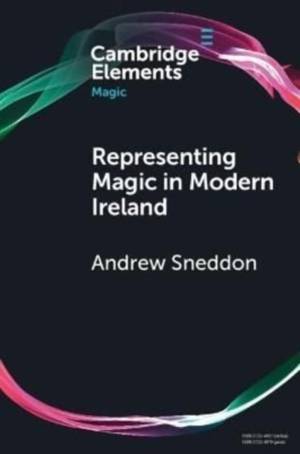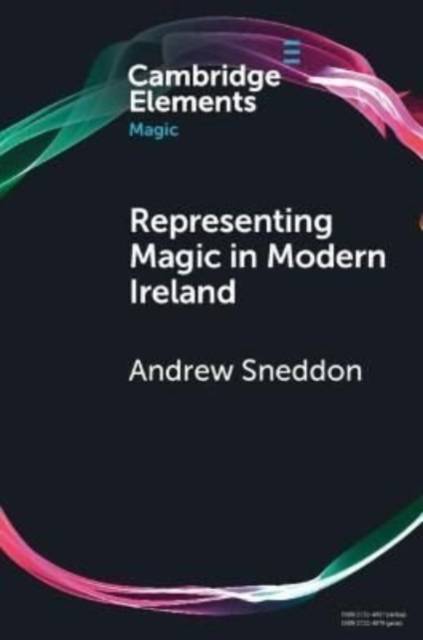
Door een staking bij bpost kan je online bestelling op dit moment iets langer onderweg zijn dan voorzien. Dringend iets nodig? Onze winkels ontvangen jou met open armen!
- Afhalen na 1 uur in een winkel met voorraad
- Gratis thuislevering in België vanaf € 30
- Ruim aanbod met 7 miljoen producten
Door een staking bij bpost kan je online bestelling op dit moment iets langer onderweg zijn dan voorzien. Dringend iets nodig? Onze winkels ontvangen jou met open armen!
- Afhalen na 1 uur in een winkel met voorraad
- Gratis thuislevering in België vanaf € 30
- Ruim aanbod met 7 miljoen producten
Zoeken
€ 31,95
+ 63 punten
Omschrijving
This Element argues that Ireland did not experience a disenchanted modernity, nor a decline in magic. It suggests that beliefs, practices and traditions concerning witchcraft and magic developed and adapted to modernity to retain cultural currency until the end of the twentieth century. This analysis provides the backdrop for the first systematic exploration of how historic Irish trials of witches and cunning-folk were represented by historians, antiquarians, journalists, dramatists, poets, and novelists in Ireland between the late eighteenth and late twentieth century. It is demonstrated that this work created an accepted narrative of Irish witchcraft and magic which glossed over, ignored, or obscured the depth of belief in witchcraft, both in the past and in contemporary society. Collectively, their work gendered Irish witchcraft, created a myth of a disenchanted, modern Ireland, and reinforced competing views of Irishness and Irish identity. These long-held stereotypes were only challenged in the late twentieth-century.
Specificaties
Betrokkenen
- Auteur(s):
- Uitgeverij:
Inhoud
- Aantal bladzijden:
- 75
- Taal:
- Engels
- Reeks:
Eigenschappen
- Productcode (EAN):
- 9781108949279
- Verschijningsdatum:
- 19/05/2022
- Uitvoering:
- Paperback
- Formaat:
- Trade paperback (VS)
- Afmetingen:
- 152 mm x 229 mm
- Gewicht:
- 131 g

Alleen bij Standaard Boekhandel
+ 63 punten op je klantenkaart van Standaard Boekhandel
Beoordelingen
We publiceren alleen reviews die voldoen aan de voorwaarden voor reviews. Bekijk onze voorwaarden voor reviews.











